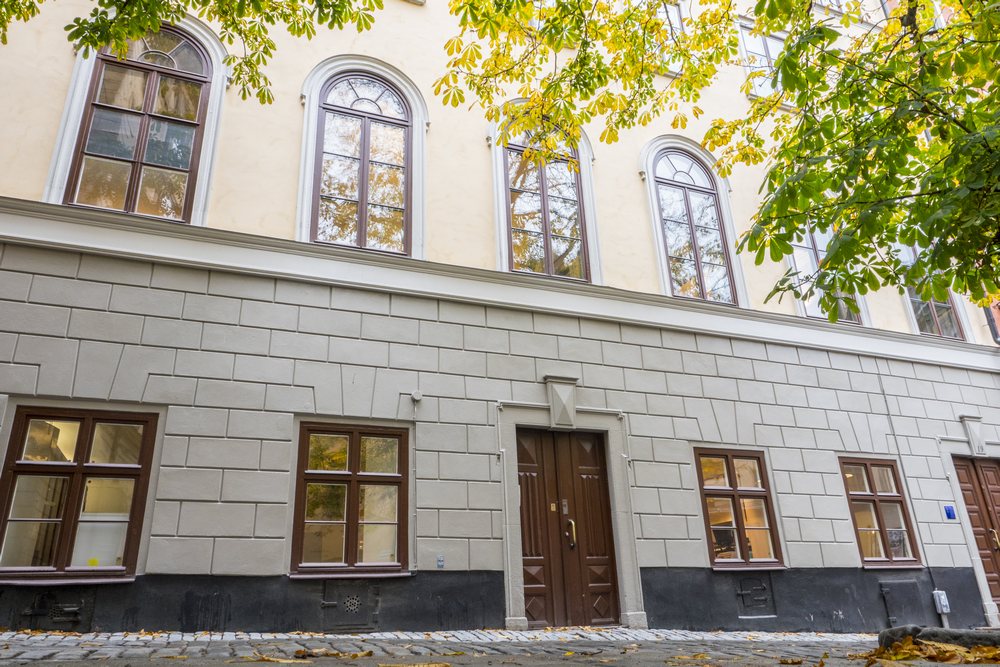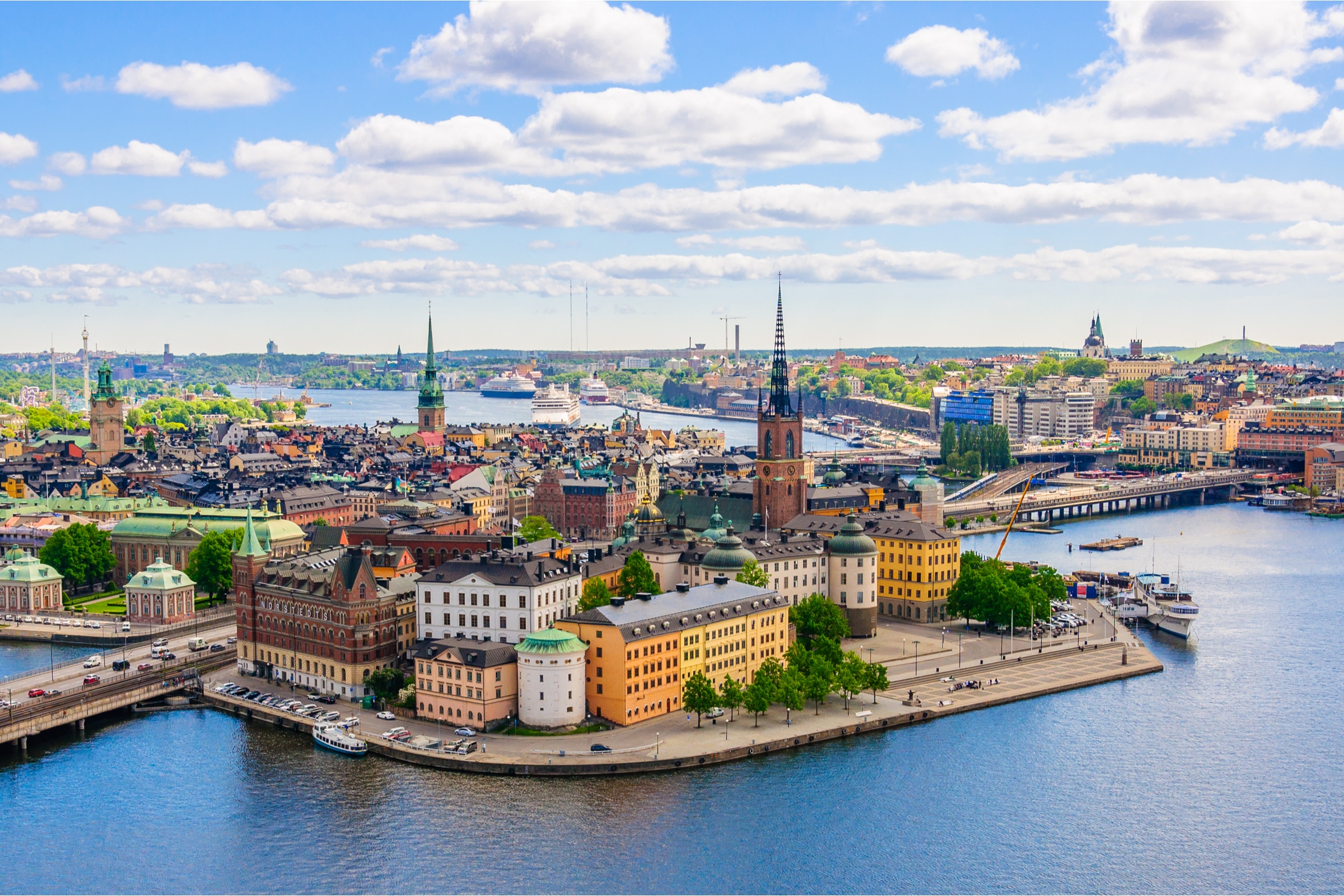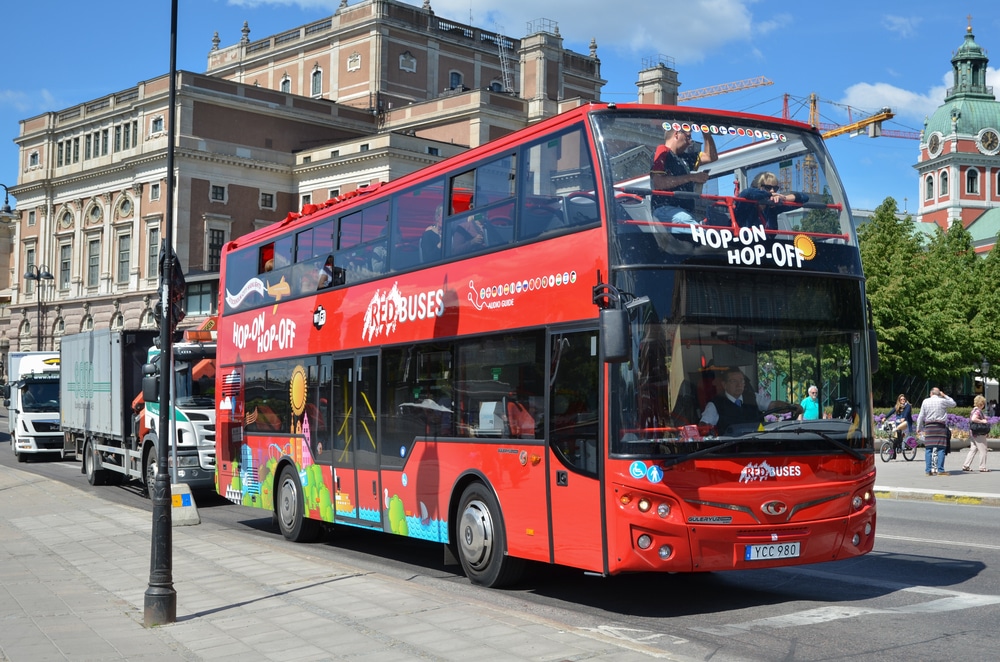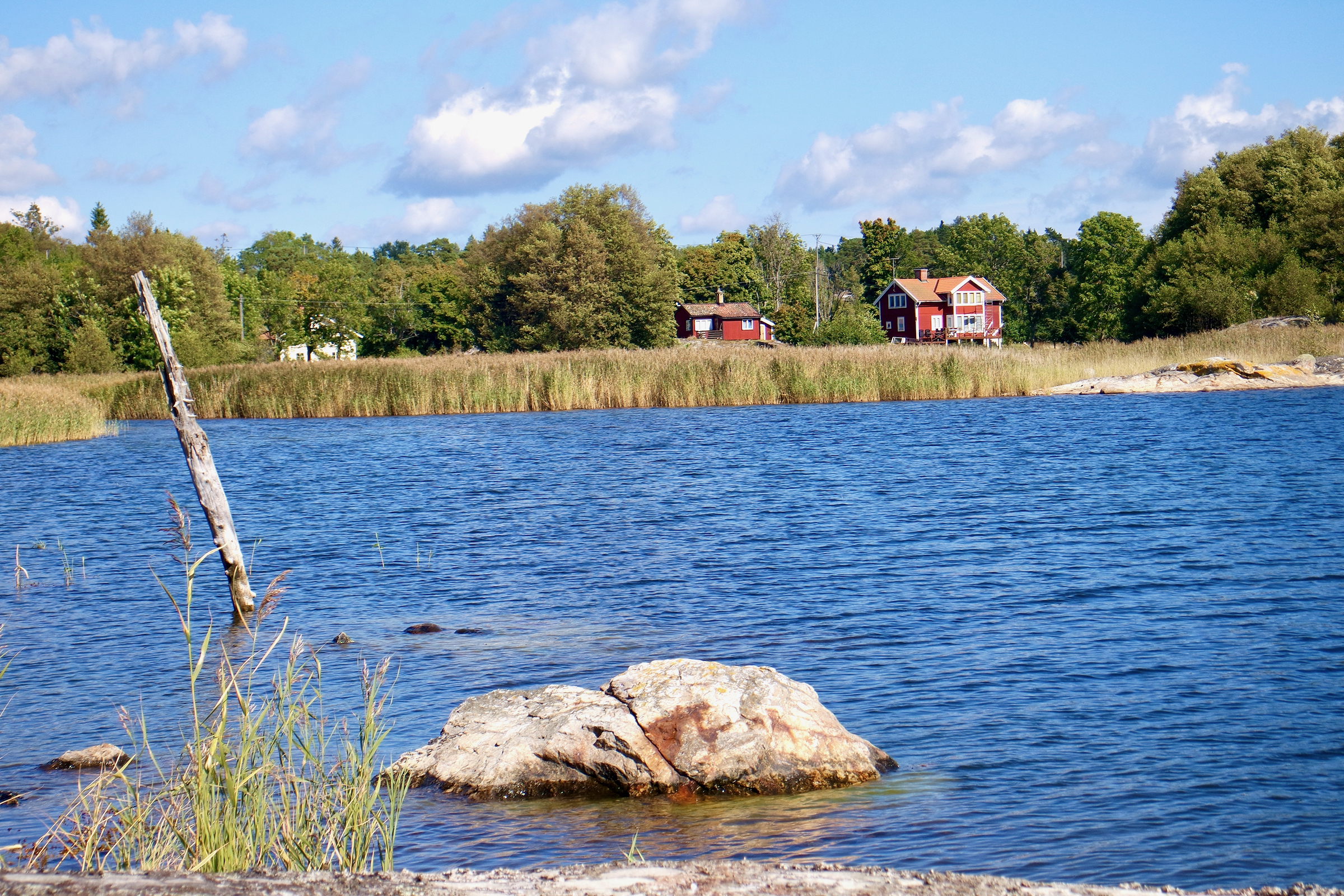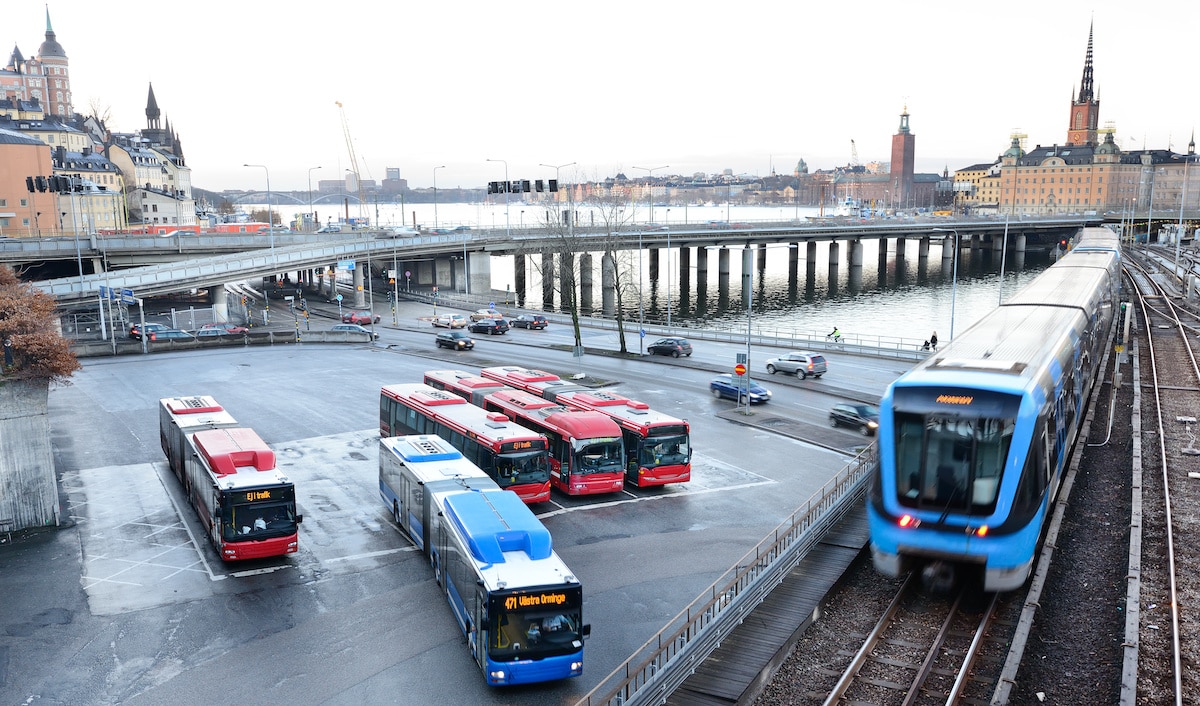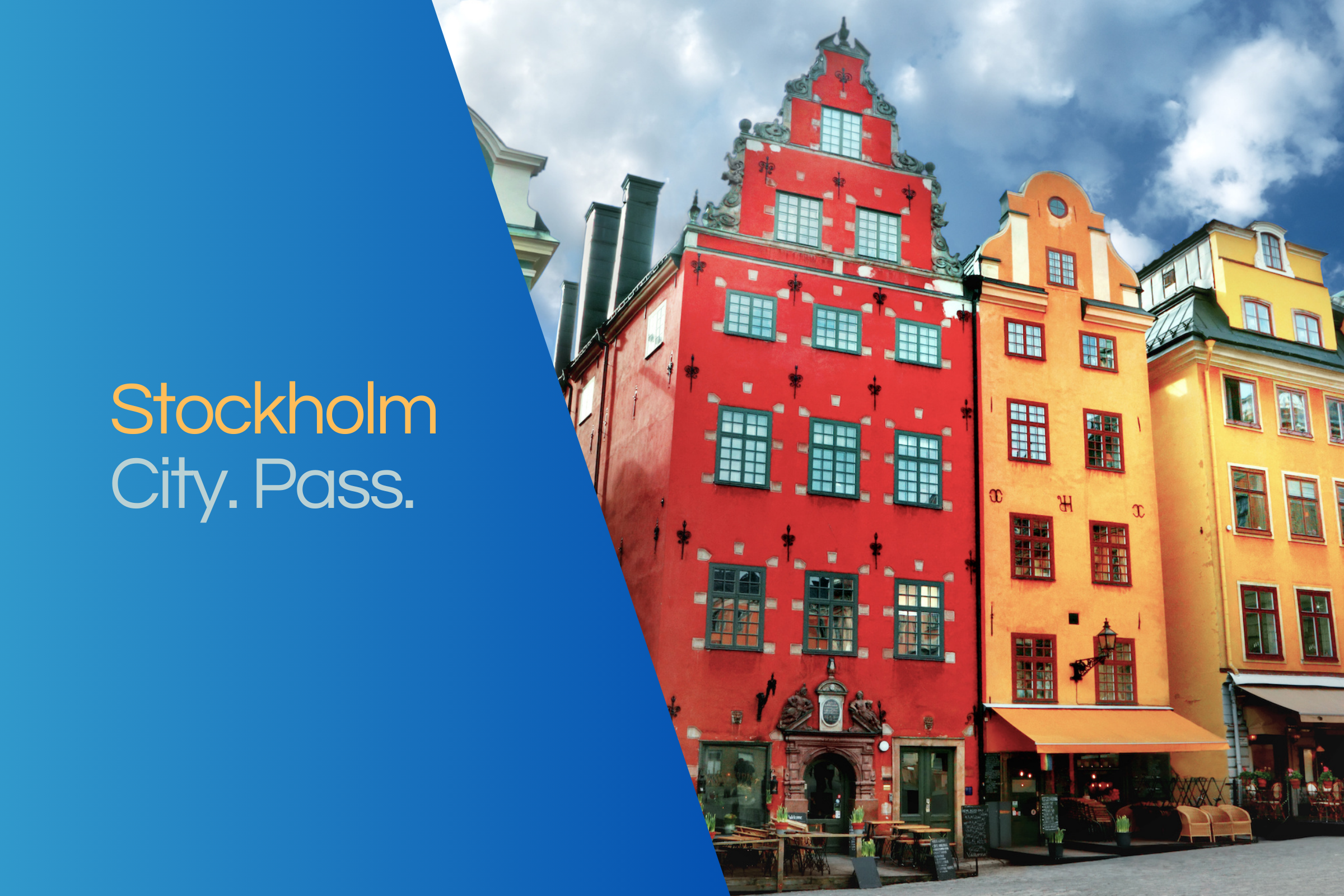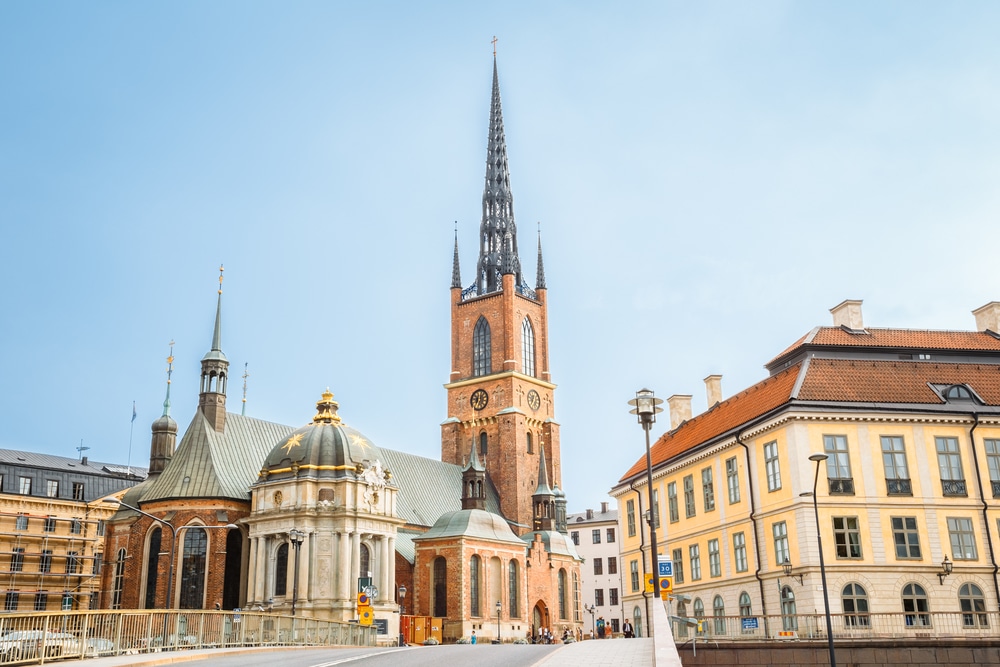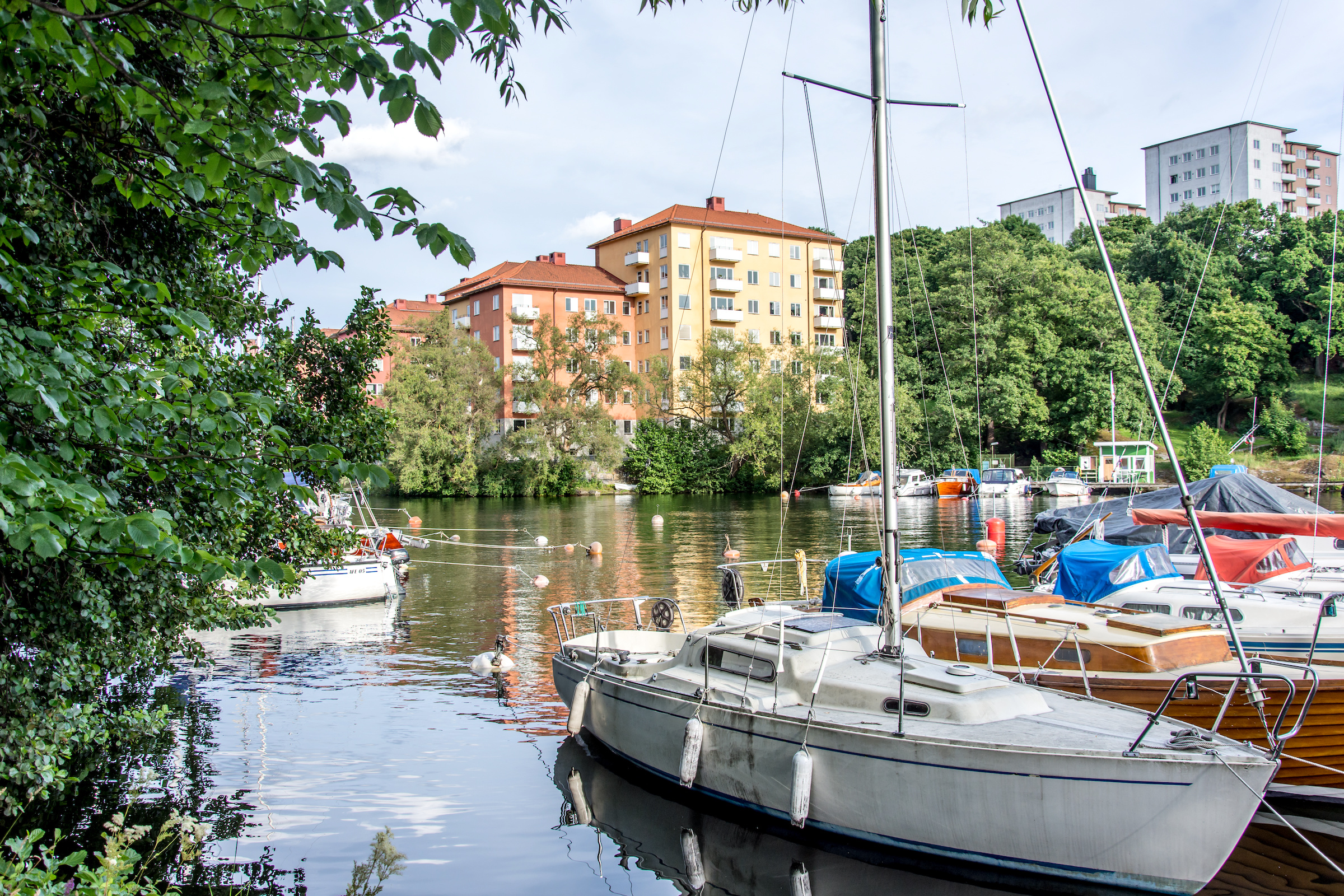The beginnings of the museum
The Judiska museet was founded in 1987 by the Viola och Aron Neuman Foundation. The founder of the foundation, Aron Neuman, stated that the basic requirements for a successful museum foundation were: good staff, sufficient capital, a centrally located and easily accessible exhibition site, and meaningful exhibits. However, the search for a suitable exhibition site proved difficult.
After opening in premises on the Stockholm harbor area, the museum was able to move to a larger building in the Vasastan district in 1992. With its work there, the young museum was awarded "Museum of the Year" by the Swedish Museum Association just two years later. The laudation at the time still accurately sums up the basic idea of the Jewish museum: As a major player, it counters ignorance, racism and xenophobia with positive things - the joy of creation, art and the will to live.
The move to Gamla Stan
Since autumn 2016, the museum has been closed for another move. The "new" house in Stockholm's Old Town is located not far from the German Church (tyska kyrkan ) and dates back to the Middle Ages in its origins. From 1674 - 1790 it served as a municipal auction house before being used as a synagogue for the Jewish community in Stockholm from 1795 to 1870.
During the move, several important pieces were added to the collection of exhibits, which will now be on display in the permanent exhibition. Especially objects from the period after 1945 have been rare until now; donations from contemporary witnesses are therefore particularly important. Thus, a rucksack can now be shown, which now complements the museum's holdings. It was the only thing a little girl was allowed to take with her on one of the rescuing Kindertransports to Sweden.
In addition to a permanent exhibition, there is an area for changing special exhibitions; guided tours, lectures and events are planned.
Jewish history in Sweden
The Jewish Museum wants to build bridges. This includes showing that there are many ways to be Swedish - being Jewish is one of them, emphasizes Christina Gramstorp, the museum's director. This is one of the reasons why the Swedish national holiday was chosen for the reopening. The museum staff want to lower the inhibition threshold for getting to know Jewish life.
From 1685 to 1774, Jews were forced by law to adopt the Christian faith if they wanted to resettle in Sweden. However, even after this regulation was repealed, there were numerous restrictions on Jewish life in Sweden. For example, until 1838 Jews were not allowed to marry Swedes. It took until the 1860s for Jews to achieve full legal equality. In 1930, the number of Jews living in Sweden was estimated at about 6,600; due to war and expulsion as well as increasing anti-Semitism, especially in Central and Eastern Europe, this number has increased to about 18,000 today. The major cities of Stockholm, Gothenburg and Malmö are the centers of Jewish life in Sweden.
